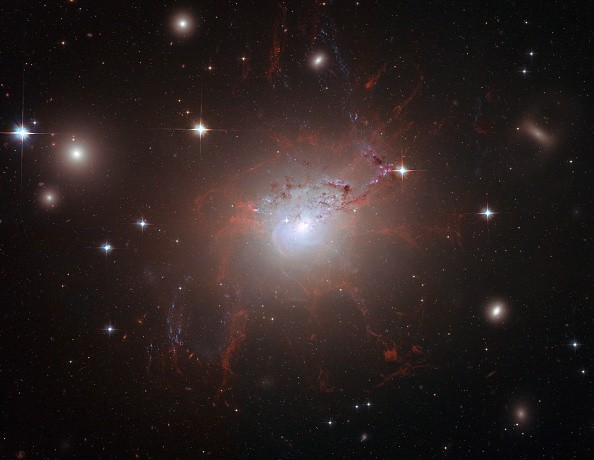These space rose bouquets will surely bring a smile to your partner or loved ones this upcoming Valentine's Day! The group of students from the Earth to Sky Calculus launched their 4-bouquet space project started on Jan. 13.

Also Read : NASA NG-15 Cygnus Cargo Ship Named After Mathematician Katherine Johnson-Everything You Need to Know!
According to Earth To Sky's official website, the students were able to send the roses to the stratosphere using their cosmic ray balloon. The bouquets rose up to an altitude of 109,252 feet above the Sierra Nevada of central California.
The students are currently doing this so that they can fund their current cosmic ray ballooning program. However, these are not real roses since those flowers will surely wither away once they reach the stratosphere.
The students used high-quality Borosilicate Crown Crystals, which are usually used in prisms and lenses, to make the artificial rose bouquets. This is also the reason why those roses glitter perfectly once the sunlight hits them at the edge of space.
What happens to the space roses?
The space roses will spend around 2.5 hours in the stratosphere. Once the balloon has exploded, the crystal roses' parachutes will open to allow them to land safely back to Earth's surface.

This is a cool idea since they are giving people a unique option for the upcoming Valentine's Day while gathering data for their cosmic ray monitoring program. Each rose bouquet comes with a greeting card showing the flowers in flight. The card also tells what happened to the rose bouquet when it reached the stratosphere and went back to Earth.
10,000 SQUARE MILES OF SMOKE: Sept. 25th was a relatively clear day. There were *only* 10,000 square miles of smoke.... Posted by Earth to Sky Calculus on Friday, 16 October 2020
The new space rose costs $179.95, which is great for the upcoming Valentine's Day, Mother's Day, and other romantic events that are arriving these coming months. They are also great birthday gifts.
What are cosmic rays?
NASA Science previously explained that cosmic rays are atomic electrons and nuclei that are passing through the Galaxy as fast as the speed of light. Space experts and researchers have been studying where these cosmic rays come from. Some of them claim that these particles came from supernova explosions.
"It takes an awful lot of power to maintain the galactic population of cosmic rays," said Jim Adams of the NASA/Marshall Space Flight Center via NASA Science.
For more news updates about other space stories, always keep your tabs open here at TechTimes.
This article is owned by TechTimes.
Written by: Giuliano de Leon.
ⓒ 2026 TECHTIMES.com All rights reserved. Do not reproduce without permission.




